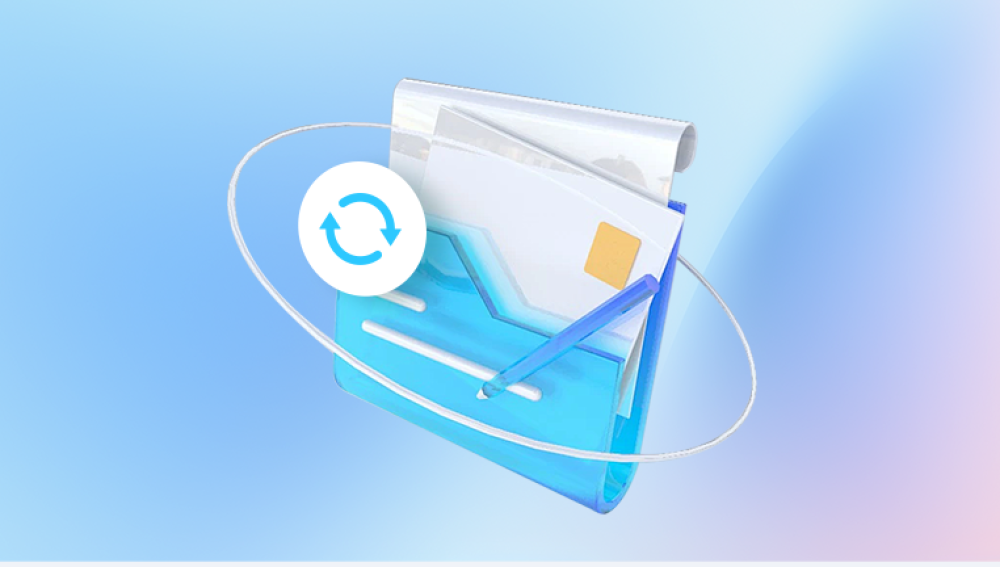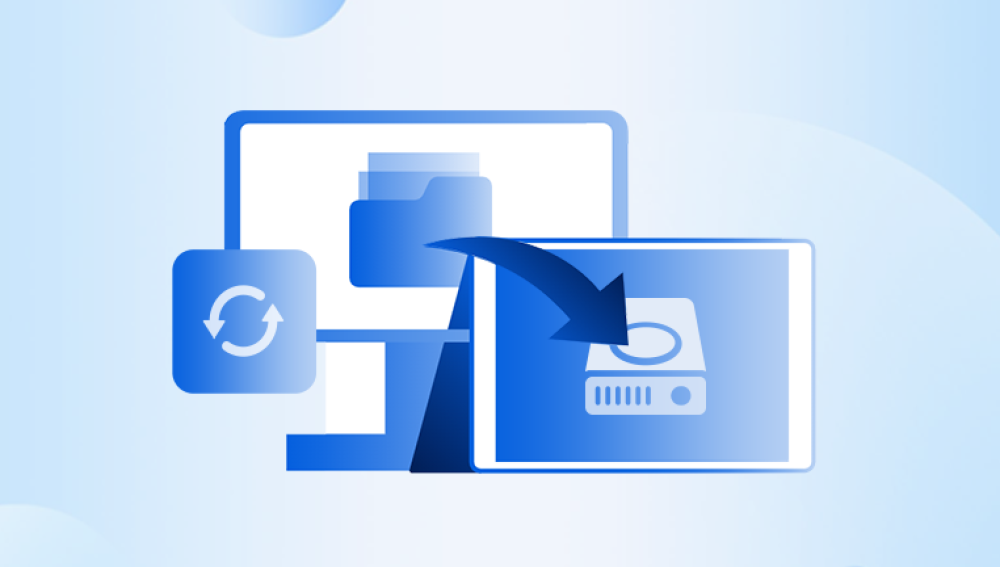SD cards are widely used for storing photos, videos, music, and other important files. However, situations may arise where you need to format an SD card whether to fix corruption, change the file system, or simply refresh the storage. The concern that formatting will erase all your precious data can be daunting.
SD Card Formatting
Formatting an SD card involves preparing it for use by creating a new file system, effectively resetting it to a blank state. There are two main types of formatting:
Quick Format: This erases the file table, making the data invisible but not permanently deleted.
Full Format: This erases all data and checks the disk for errors, potentially taking longer but providing a more thorough reset.

Why You Might Need to Format an SD Card
There are several reasons for formatting an SD card:
Corruption: If the card becomes corrupted, formatting can restore its functionality.
Change of File System: Different devices require different file systems (e.g., FAT32. exFAT).
Clearing Space: A fresh format can help remove unwanted files.
Preparing for New Use: If you’re repurposing the card, formatting is essential.
Preparing for Formatting: Backup Your Data
Before formatting, it’s critical to back up your data to prevent loss. Here’s how you can do this:
Using a Computer:
Insert the SD card into your computer using a card reader.
Open 'File Explorer' (Windows) or 'Finder' (Mac).
Locate the SD card and copy its contents to a safe location on your computer or external drive.
Using Recovery Software:
If you cannot access the data directly, consider using data recovery software like Panda Assistant or Recuva to retrieve files before formatting.
Step-by-Step Guide to Formatting Your SD Card
Windows Users
Insert the SD Card: Use a card reader if your computer doesn’t have a built-in slot.
Open File Explorer: Right-click on 'This PC' and select 'Manage.'
Locate Disk Management: Click on 'Disk Management' in the left sidebar.
Find Your SD Card: Right-click on the SD card’s partition and choose 'Format.'
Choose the File System: Select the appropriate file system (FAT32 for cards under 32GB; exFAT for larger cards).
Quick Format Option: Ensure the 'Quick Format' box is checked for faster processing.
Start Formatting: Click 'OK' and confirm the prompt.
Mac Users
Insert the SD Card: Use the card reader if necessary.
Open Disk Utility: Search for 'Disk Utility' using Spotlight (Command + Space).
Select the SD Card: Locate your SD card in the left sidebar.
Erase: Click on the 'Erase' button at the top.
Choose Format: Select 'MS-DOS (FAT)' for FAT32 or 'ExFAT' for larger capacities.
Name the Card: Enter a name for the SD card.
Confirm Erase: Click 'Erase' to begin the formatting process.
Formatting Using Command Line
For advanced users, formatting through the command line can offer more control:
Windows Command Prompt:
Open Command Prompt: Type cmd in the search bar and open it.
Type Diskpart: Enter diskpart to access the disk partition tool.
List Disks: Type list disk to see all connected drives.
Select Your SD Card: Type select disk X (replace X with the disk number of your SD card).
Format Command: Type format fs=fat32 quick for a quick format.
Exit Diskpart: Type exit to close the tool.
Mac Terminal:
Open Terminal: Use Spotlight to find 'Terminal.'
Type List Command: Enter diskutil list to find your SD card.
Format Command: Use diskutil eraseDisk FAT32 NAME /dev/diskX (replace X with your disk number and NAME with your desired name).
Post-Formatting: Data Recovery Options
In case data was lost during formatting, you can use recovery software to attempt to retrieve it. Here are popular recovery tools:
Drecov Data Recovery is a powerful and user-friendly software designed to recover lost or deleted files from various storage devices, including SD cards, USB drives, and hard drives. Whether you’ve accidentally deleted important documents, formatted a drive, or experienced data loss due to corruption, Drecov Data Recovery offers an effective solution.
The software features a straightforward interface that guides users through the recovery process with ease. It employs advanced scanning algorithms to locate and restore files, ensuring that even deeply buried or damaged data can be retrieved. Users can preview recoverable files before completing the recovery process, allowing for more informed decisions.
Install the Recovery Software: Download and install the chosen recovery tool.
Select the SD Card: Open the software and select your SD card from the list.
Scan for Lost Files: Initiate the scan process to identify recoverable files.
Preview and Recover: Preview files and select those you wish to restore.
Tips for Successful Formatting and Data Recovery
Regular Backups: Frequently back up your SD card data to prevent loss.
Avoid Interruptions: Do not remove the SD card or shut down the device during formatting.
Use Reliable Software: Always use trusted software for recovery and formatting.
Check for Errors: Periodically check your SD card for errors using tools like Windows Error Checking or Mac's First Aid.
Common Issues and Solutions
SD Card Not Detected: Ensure the card is properly inserted and recognized by your device. Try using another card reader or port.
Formatting Errors: If you encounter errors while formatting, check for write protection and ensure the card isn’t physically damaged.
Data Recovery Issues: If recovery software fails, try different tools or consult a professional data recovery service.
Formatting an SD card can be a straightforward process if approached with caution. By backing up your data and following the outlined steps, you can format your SD card without losing important files. Regular maintenance, backups, and using reliable tools will help you manage your SD card effectively, ensuring that your data remains safe and accessible.




